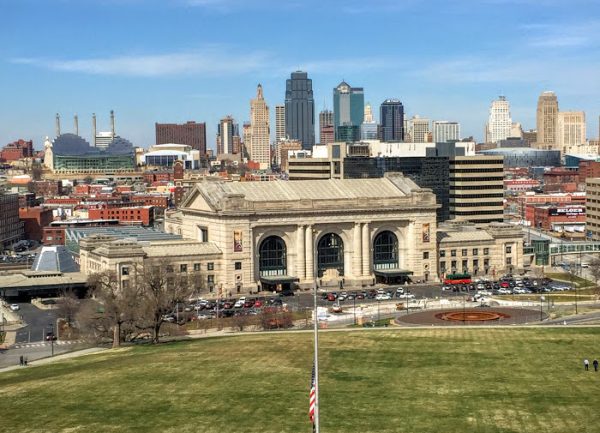The continuing issue of Coronavirus in meatpacking facilities
Employees at meatpacking facilities are at high risk of getting COVID-19.
Essential workers, including those employed in healthcare and grocery stores, have been on our minds since the onset of the pandemic. But what about the workers who package the food before it goes on the shelves? Often forgotten, these workers have been heavily affected by the coronavirus, which is a growing concern.
Since the start of the spread of COVID-19 almost a year ago, the nation has struggled with trying to flatten the curve. The virus has greatly affected the general public and impacted jobs across the country, especially devastating meat-packing manufacturing plants.
Multiple outbreaks in meat-packing plants nationwide have caused the deaths of over 250 people, and little is being done by federal health agencies, like the Occupational Safety and Health Administration (OSHA), to stop the spread of the virus. OSHA is responsible for the inspection and examination of institutions to ensure that they are fit for work.
Earlier this month, NPR reported that approximately 54,000 workers at 569 plants had tested positive for COVID-19, and at least 270 had died.
Democratic House Rep. James Clyburn of South Carolina, who is chairman of a select subcommittee designated to focus on the coronavirus crisis, shared with NPR that under the Trump administration, “OSHA failed to adequately carry out its responsibility for enforcing worker safety laws at meat-packing plants across the country, resulting in preventable infections and deaths.”
This comes after Donald Trump’s contentious presidential term, which garnered heavy criticism on matters regarding the pandemic.
The former senior policy advisor for OSHA under the Obama administration, Debbie Berkowitz, shared her thoughts about the rising concern that OSHA was not responding to the effects of the pandemic in a professional manner.
“The agency failed. It failed. I don’t know what else to say,” she admitted in early January to USA Today.
Many may be wondering why meat packing facilities are a main concern. Michele Malotky, the public health coordinator at Guilford College, shared a valuable insight.
“Although the meat-packing plants are often big facilities, they have to keep a level of humidity and temperature that is conducive to the virus sticking around,” she said.
This doesn’t mean that facilities are purposely keeping the virus around, but rather that the conditions required for the products inside to stay fresh have a negative effect when it comes to eliminating the virus.
“The conditions are just ripe,” Malotsky explained.
Despite multiple complaints in early April, rising cases in May, and a federal hearing in early July 2020, the New York Times wrote that an OSHA employee still designated meat-packing facilities only as “medium-risk,” Because of this assessment, the agency took their time to begin the investigation and allowed the situation to worsen.
“Nearly 1 of every 4 plants with known deaths have received no OSHA inspection or investigation,” USA Today reported.
While OSHA is slowly pondering the idea of spacing workers out a few more feet, Malotky shared how a quick fix such as having “lower density shifts, or people alternating shifts and not having so many people there at any time” could be an effective measure implemented to aid in the safety of meat-packing facility employees during the pandemic.
This issue has still not been resolved, and as of early January, OSHA is under fire after inspecting only 26 out of the 65 meat-packing plants where it was discovered that at least one worker died due to COVID-19.
This pandemic has caused many people to reconsider their definitions of normal, realizing the “normal” system they take for granted has issues of its own. The situation within these plants is just another example of fatal flaws in the system.











